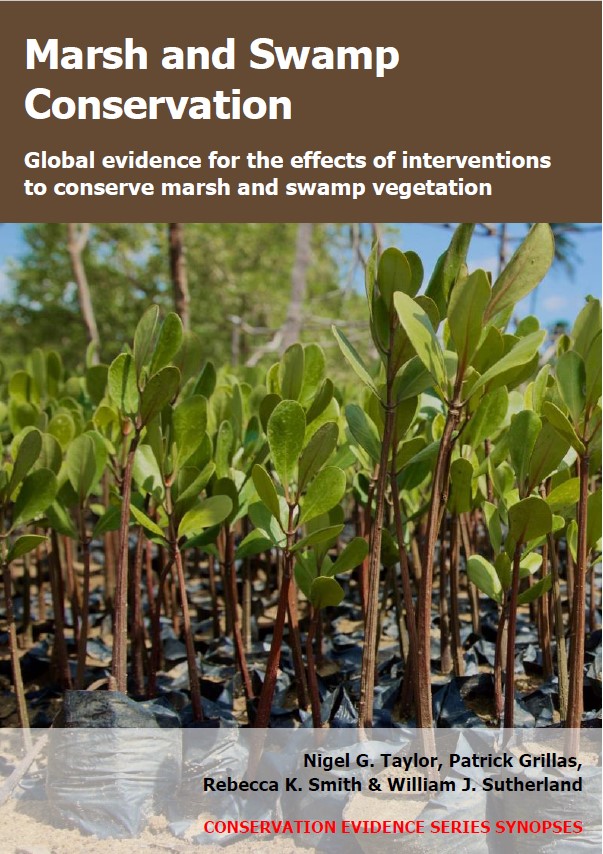Use cutting/mowing to control problematic herbaceous plants: brackish/salt marshes
-
Overall effectiveness category Unknown effectiveness (limited evidence)
-
Number of studies: 1
View assessment score
Hide assessment score
How is the evidence assessed?
-
Effectiveness
33% -
Certainty
30% -
Harms
10%
Study locations
Supporting evidence from individual studies
A replicated, randomized, paired, controlled study in 1992–1993 in an ephemeral brackish marsh dominated by saltgrass Distichlis spicata in California, USA (De Szalay & Resh 1997) found that mown and unmown plots had similar plant species richness, similar overall vegetation cover, and similar cover of dominant plant species. After one year, overall plant species richness did not significantly differ between mown plots (3.2 species/m2) and unmown plots (3.1 species/m2). The same was true for cover of vegetation overall (mown: 98%; unmown: >99%), saltgrass (mown: 93%; unmown: 99%) and each of six other dominant herb species (mown: 0–7%; unmown: 0–5%). However, mown plots did contain a greater density of saltgrass (4,070 stems/m2) than unmown plots (1,770 stems/m2). Density was not reported for the other six dominant herb species. Methods: Ten pairs of 100-m2 plots were established in an impounded brackish marsh, managed for waterfowl (autumn/winter flooding with spring/summer drawdown) but dominated by saltgrass. In August–September 1992, ten plots were hand-mown (one plot/pair; 50 m2/plot). Cuttings were not removed. The other plots were not mown. In August 1993, vegetation was surveyed in two 1-m2 quadrats/plot. Cover estimates included live and dead standing plants.
Study and other actions tested
Where has this evidence come from?
List of journals searched by synopsis
All the journals searched for all synopses
This Action forms part of the Action Synopsis:
Marsh and Swamp Conservation
Marsh and Swamp Conservation - Published 2021
Marsh and Swamp Synopsis





)_2023.JPG)














